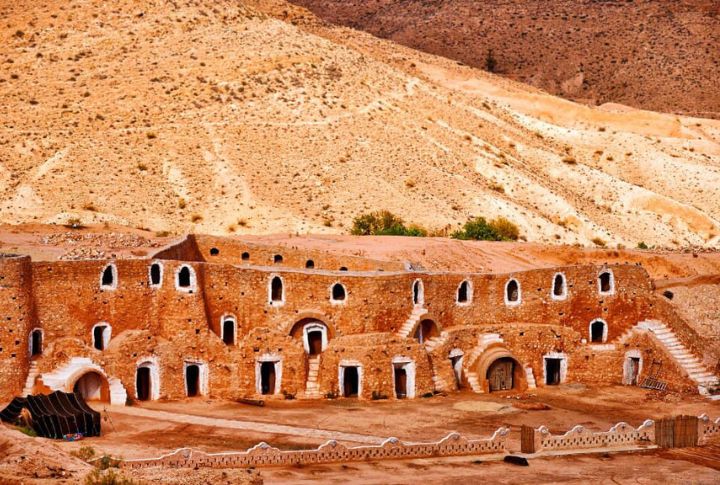
Beneath the surface are cities that people have lived in, and some still do. These underground spaces aren’t just caves but homes, markets, and communities. Some are ancient, once bustling with life, while others continue to thrive today. Each shows how humans have found unique ways to live comfortably in places most would never expect.
Matmata, Tunisia
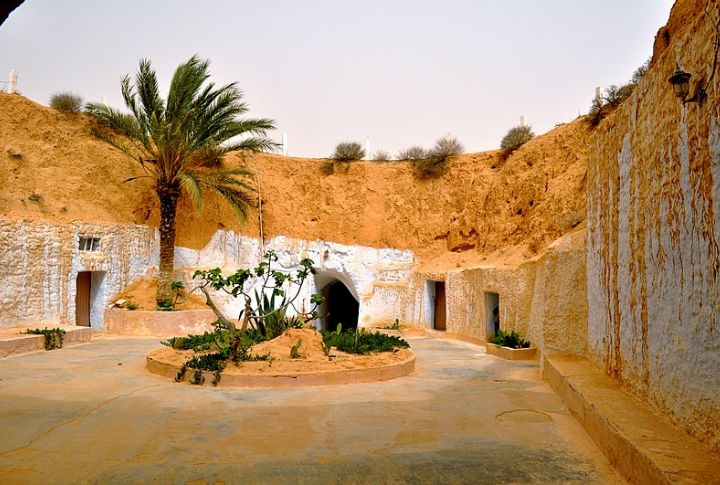
Matmata gained fame as the filming location for Luke Skywalker’s home in Star Wars. The locals, known as Berbers, have lived in underground “troglodyte” homes for centuries. Central courtyards anchor these dwellings, etched meticulously into the ground’s vertical shafts. They offer protection from the desert’s extreme temperatures.
Coober Pedy, Australia
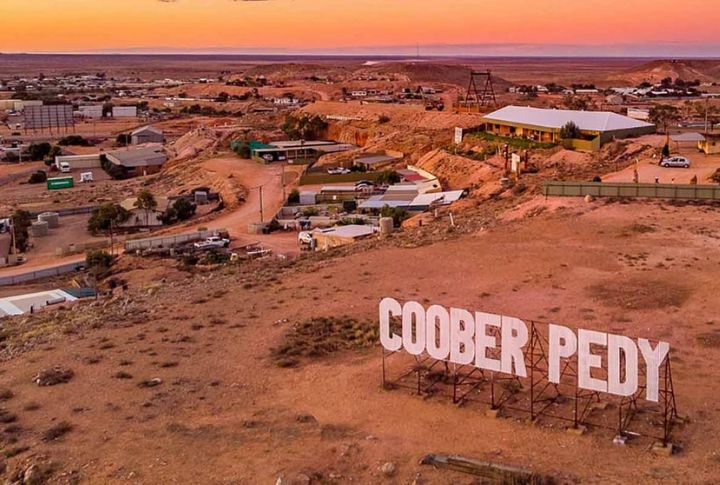
In the Australian outback, Coober Pedy is famous for its opal mines. Due to scorching temperatures, many residents live in “dugouts”—homes carved into the hillsides and underground. Inside these dwellings, a constant coolness relieves the scorching temperatures outside. This town has underground churches, shops, and even hotels.
Derinkuyu, Turkey
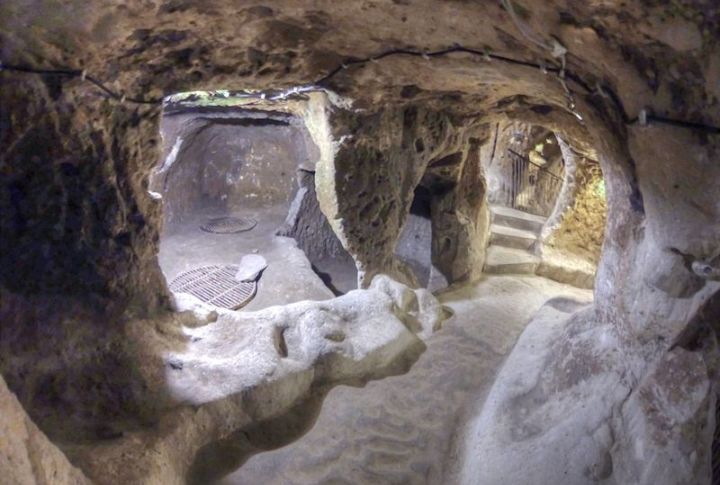
Imagine a city hidden beneath your feet, stretching 200 feet underground. Derinkuyu, in Cappadocia, is just that. This subterranean marvel could house up to 20,000 people and their livestock and supplies. Complete with churches, schools, and ventilation shafts, it was a haven from invasions.
Cappadocia, Turkey
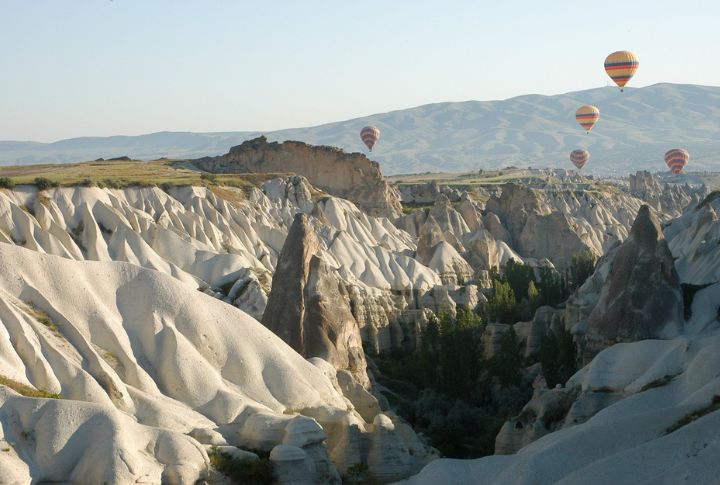
Beyond Derinkuyu, Cappadocia has numerous underground cities like Kaymakli and Özkonak. These multi-level structures were sculpted from soft volcanic rock. They served as a refuge during times of conflict, complete with wineries, stables, and ventilation systems.
Naours, France
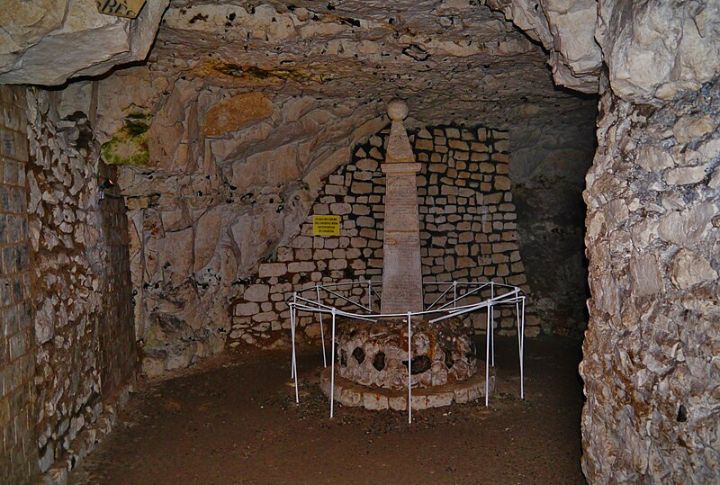
Lying below the scenic fields of northern France is Naours, a historic underground city from the 3rd century. Initially sculpted as limestone quarries, it later became a refuge during wars. With over 300 rooms, chapels, and even bakeries, it provided shelter for thousands. Remarkably, WWI soldiers left behind over 2,000 inscriptions.
Edinburgh Vaults, Scotland
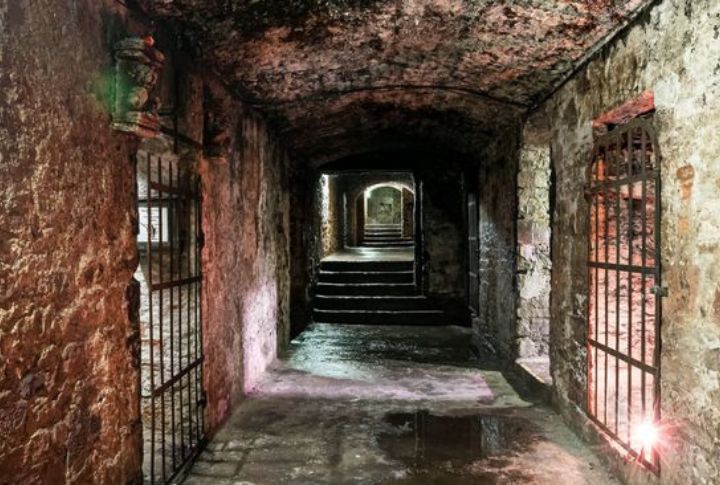
These infamous vaults, constructed in the late 18th century, are hidden underneath Edinburgh’s South Bridge. At first, used by tradespeople, they soon became home to the city’s poorest. Dark, damp, and crowded, they were hotspots for illicit activities. Today, they’re a tourist attraction, with tales of hauntings adding to their eerie allure.
Wieliczka Salt Mine, Poland
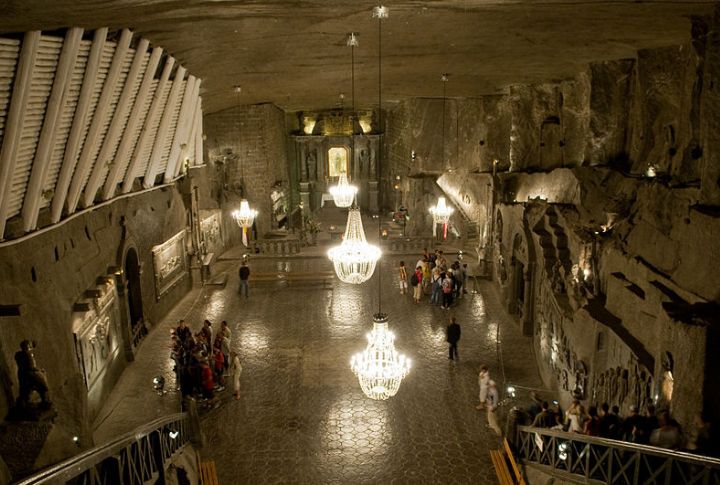
Operating since the 13th century, it has chapels, statues, and even chandeliers—all carved from salt. Miners didn’t just extract salt; they crafted art. The Chapel of St. Kinga’s intricate designs are a highlight. With deep historical and cultural roots, this underground city has rightfully earned UNESCO World Heritage recognition.
Kish, Iran
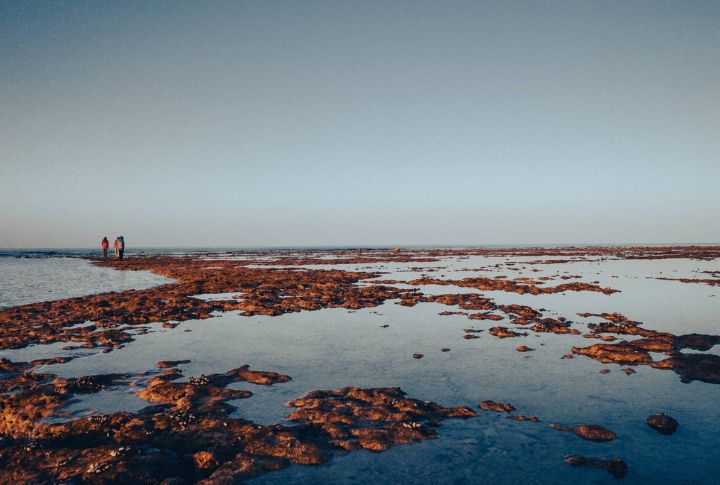
Under the island of Kish lies a labyrinthine underground city called Kariz. Dating back 2,500 years, it was initially a water management system. The qanats channeled freshwater to ensure the island’s inhabitants had a steady supply. Now an artistic hub, the site features galleries, cafes, and shops, seamlessly blending history with modern touches.
Beijing Underground City, China
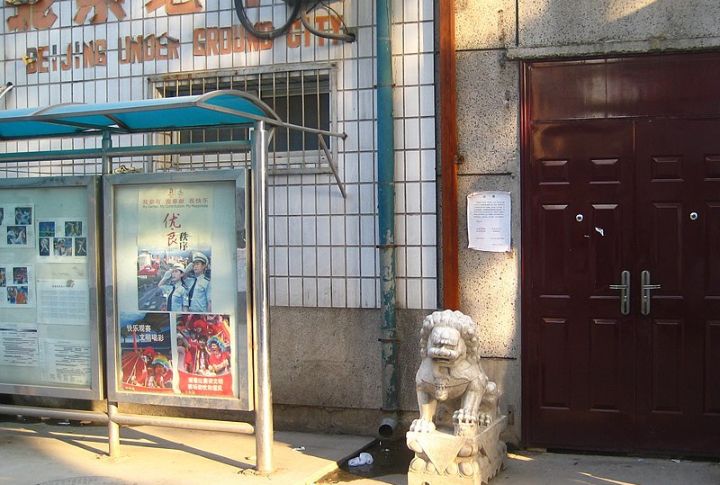
Beneath Beijing’s lively streets lies Dixia Cheng, an underground city built in the 1970s. Intended as a bomb shelter during Sino-Soviet tensions, it could accommodate millions. With over 30 kilometers of tunnels, it housed schools, theaters, and factories. Though never used for its original purpose, parts are open to the curious public.
Montréal’s Underground City, Canada
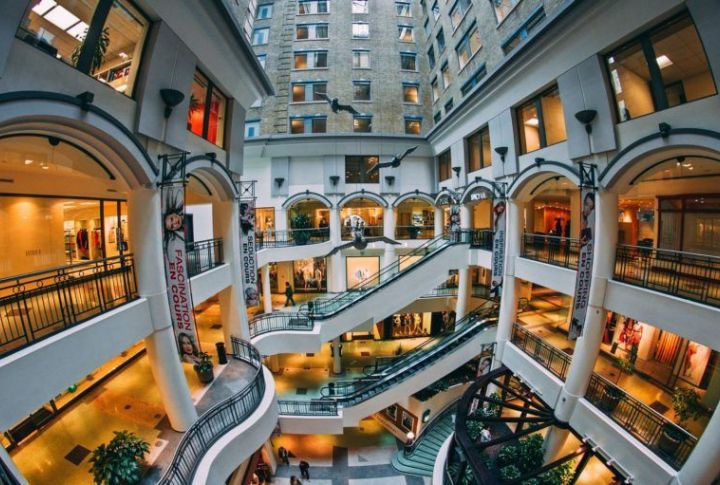
Known as RÉSO, Montréal’s underground city is a vast web of interconnected tunnels stretching over 32 kilometers with boutiques, restaurants, and theaters. It links shopping centers, metro stations, and office buildings. Especially handy during harsh winters, it offers a climate-controlled environment.
Kish Underground City, Iran
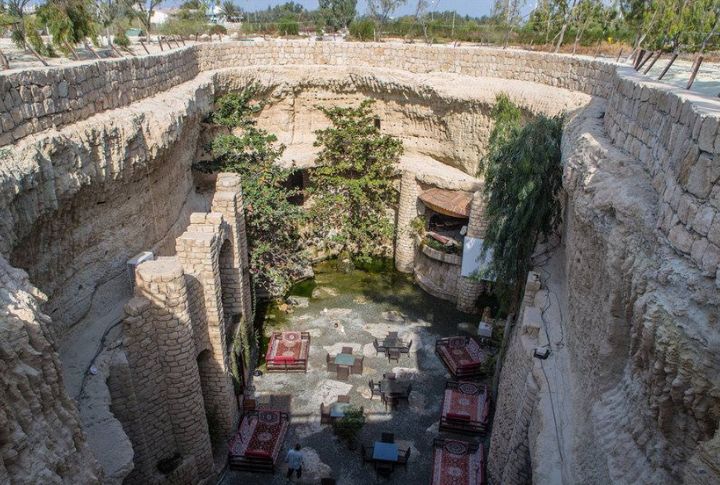
The Underground City of Kish is a more recent development that spans 10,000 square meters and is designed for tourists. Incorporating historic qanats, it features traditional architecture, shops, and traditional exhibits. Visitors can discover the intersection of history and modernity just below the island’s surface.
Helsinki Underground City, Finland
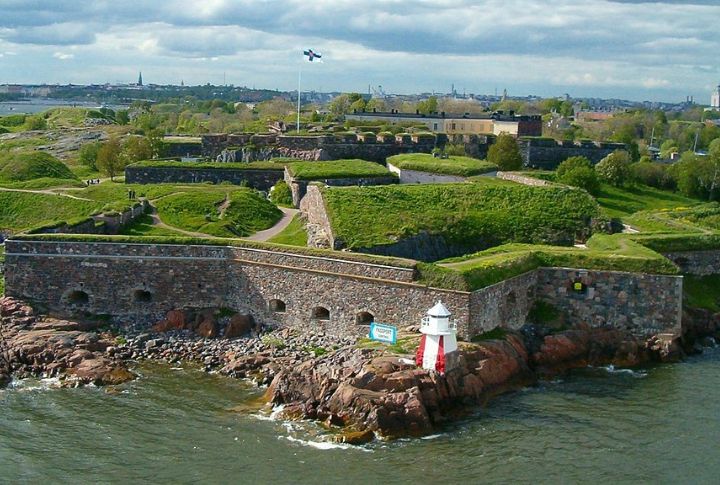
Helsinki has developed an extensive underground system to optimize space and adapt to its climate. Below the city lies parking lots, shopping centers, swimming pools, and even a data center. This subterranean expansion ensures functionality without disturbing the city’s aesthetics. It’s a forward-thinking approach to urban planning.
São Paulo Underground City, Brazil
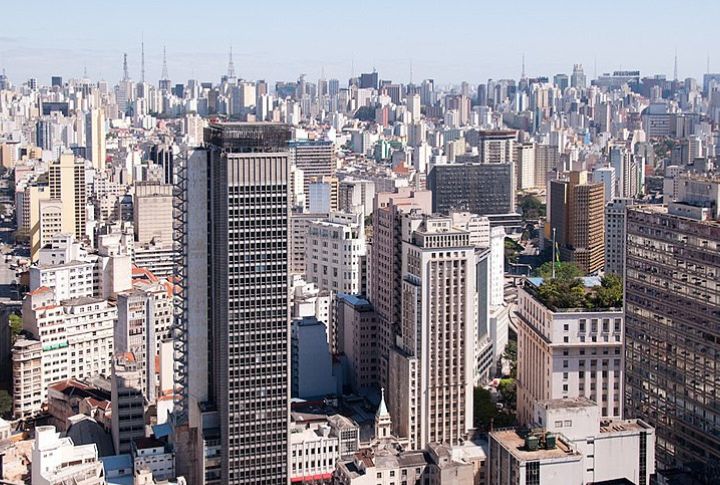
A sprawling network of tunnels, referred to as “Cidade Subterrânea,” links buildings, malls, and subway stations under São Paulo. Pedestrians benefit from this well-designed route, which effectively reduces surface-level traffic congestion. With shops and eateries lining the pathways, it is a vibrant underbelly to the bustling metropolis above.
Shanghai Underground Complex, China
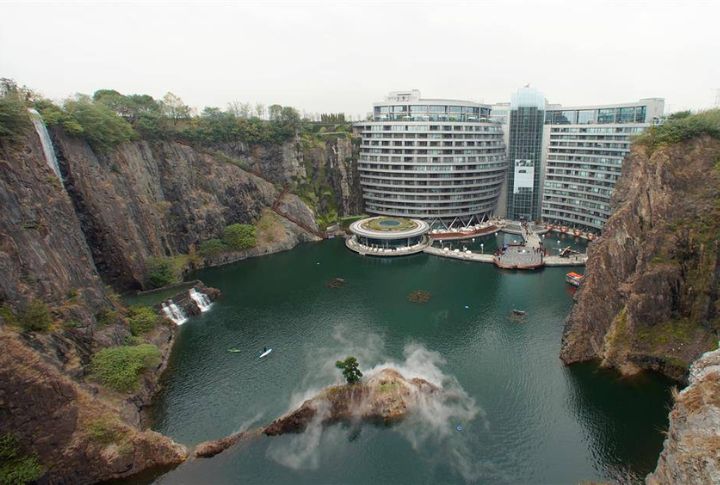
Amidst the skyscrapers, Shanghai has an underground complex built during the Cold War. It spans several million square feet and is crafted to protect 200,000 people from potential attacks. Equipped with living quarters, hospitals, and theaters, it was self-sustaining. Today, parts have been repurposed, while others remain sealed mysteries.
Burlington Bunker, England

Conceived during the Cold War, Burlington Bunker in Corsham was the UK’s secret underground city. Developed across 35 acres, the facility could accommodate 4,000 government officials in a nuclear emergency. It was self-sufficient and equipped with kitchens, hospitals, and even a BBC studio. Thankfully, it never saw use and remained classified until 2004.

